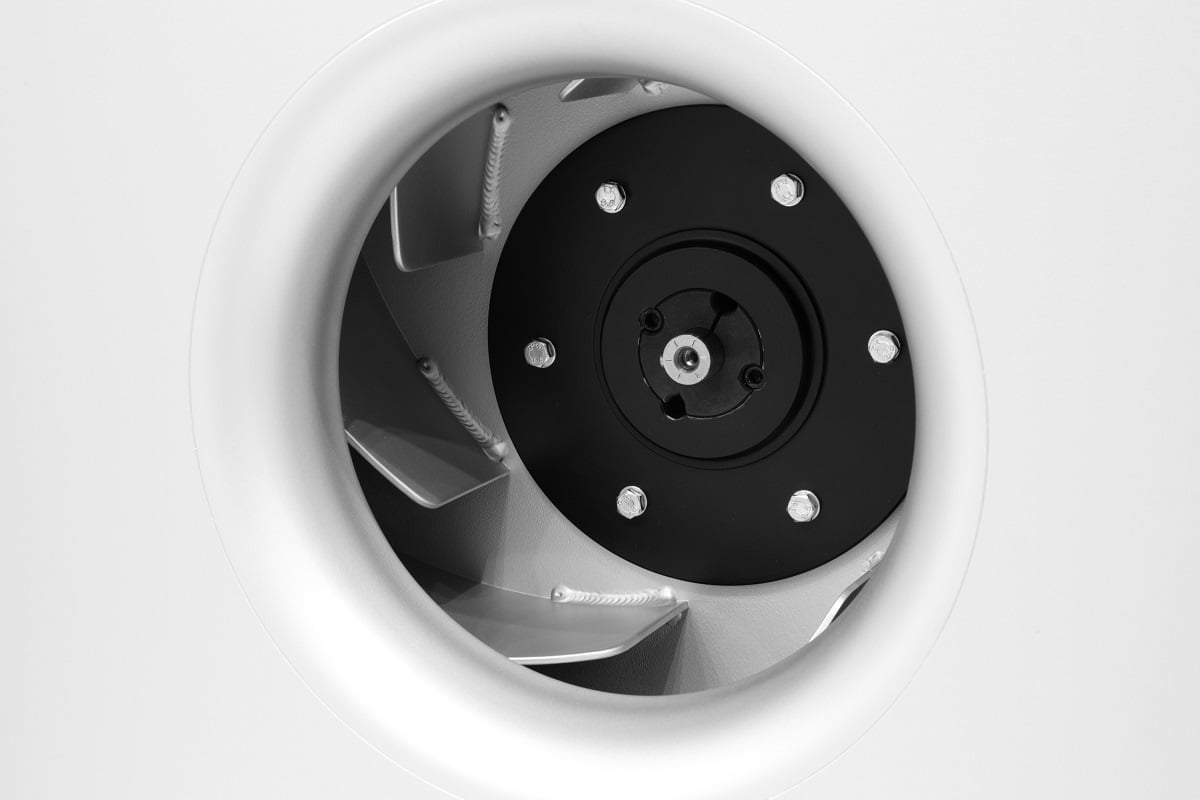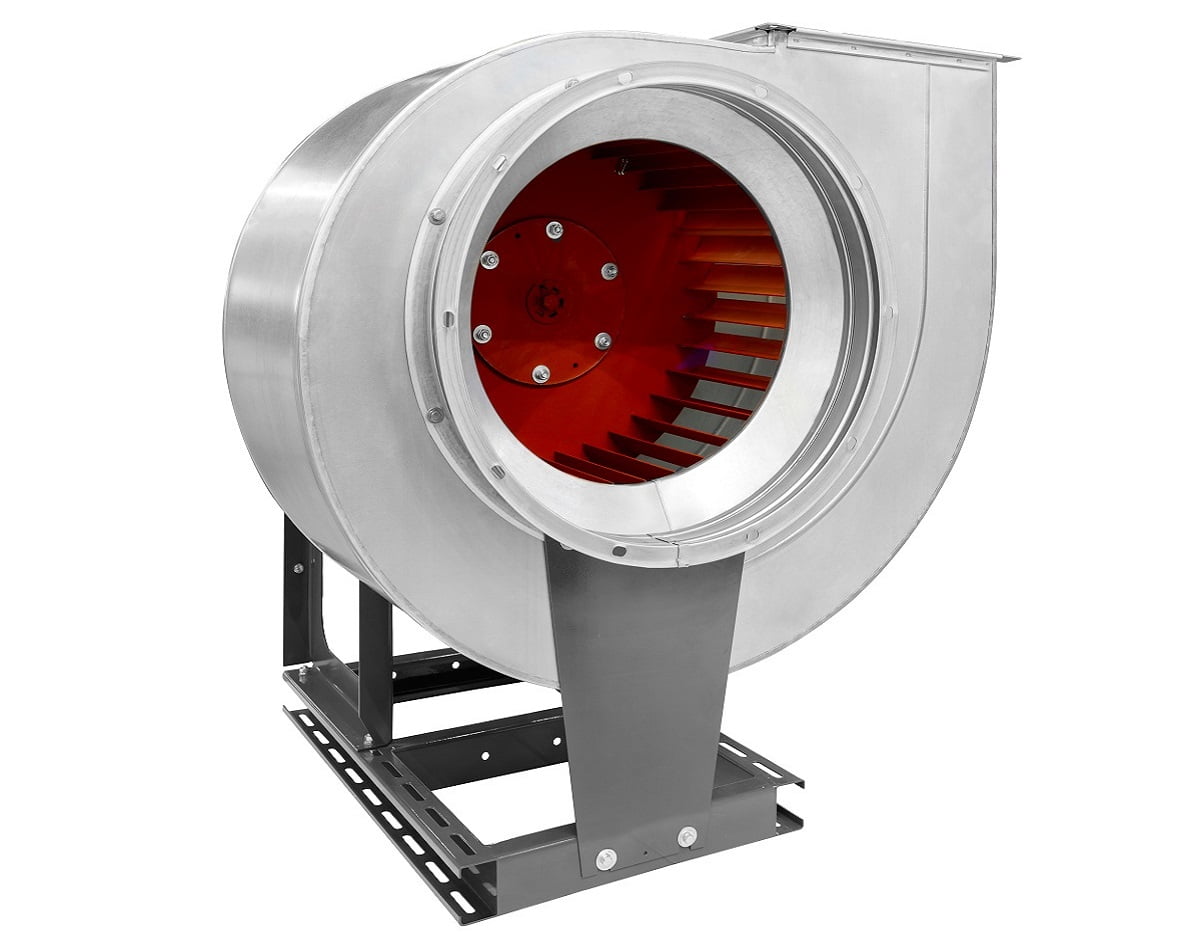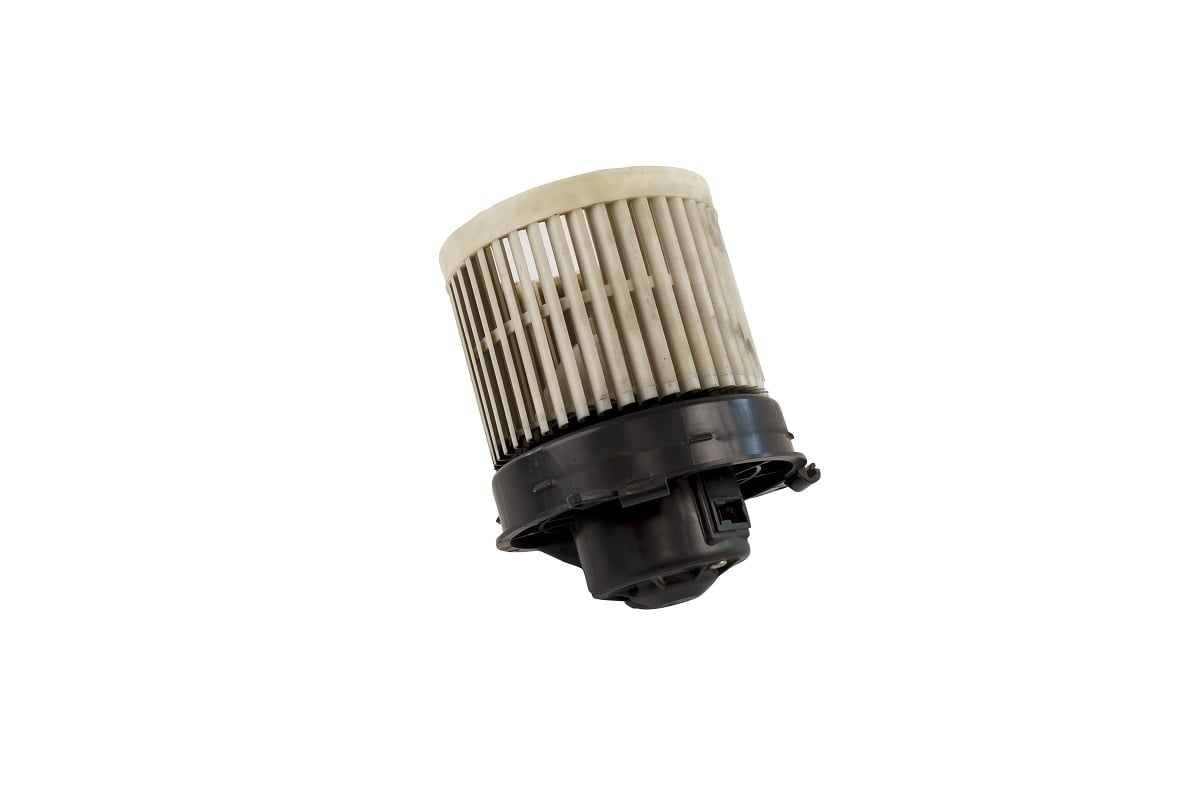Tests on an AC unit with the best blower fan range from power and electrical circuit continuity checks to more straightforward tests like examining the windings. The process is simple and takes little effort, and you may even learn more about the inner workings of the AC unit along the way.

An air conditioner unit has plenty of moving parts, a fault in any of which can cause your appliance to not work properly. Even an AC with the best blower fan can fall victim to faults, addressing which is paramount.
So, how can you tell if the blower motor is working properly or not?
What follows is a complete guide that we’ve created on AC blower motors to identify faults with them correctly. This will enable you to act on the issue as soon as possible, saving time and money in the process.
Signs Of A Malfunctioning Blower Fan Motor

Most people have never paid attention to one question: how does a blower fan work? But, even without knowing all the ins and outs of the component, you can spot a few telltale signs of a malfunctioning blower motor. With vigilance, you can find them well before they cause major problems that may lead to hefty repair costs.
These are the signs of a malfunctioning blower motor:
1. Poor Airflow
Weak airflow is one of the most noticeable signs of a failing blower fan. Usually, this occurs because the motor can’t properly blow enough cold or hot air and over time, it grows weaker. Eventually, the motor will stop functioning entirely.
If you notice your AC’s airflow weakening, you may want to check the blower motor for any debris. If dust and grime are all that’s keeping your AC from functioning properly, clearing them out may solve the issue.
2. Excessive Electric Bills
This is something you’ll only encounter at the end of the month when the bills come in. The motor draws the most electricity in an AC and if it struggles to output proper airflow, it may use more power than necessary.
Excessive power draw is commonly seen in old motors, where a buildup of dirt and the age of the motor contribute to the issue. Fixing it is usually not preferred over replacing the AC unit entirely.
3. Excessive Heating
Your HVAC system may overheat occasionally and if it happens, you should have the unit checked immediately. This sign of a faulty motor is one of the most dangerous ones and can lead to a fire erupting in the AC unit. It’s advised not to delay if you notice this happening.
4. Odd Sounds
Over time, the inner workings of the motor start to wear thin, leading to strange sounds coming from the AC unit. If you hear these noises, you may have to contact a HVAC professional to examine the unit and perform repairs as necessary. A simple re-lubrication of the belt and bearings in the fan may be enough in some instances.
Testing Blower Motors
Once you spot the signs listed above and have ensured that the blower motor is the culprit, try the following checks to test it. Testing your AC blower motor is a fairly straightforward process, one which you will have no difficulty executing.
1. Check The Power
Check the voltage at the power outlet, transformer, and the control board as well. Ensure that high voltage is coming in and the appropriate voltage goes out to the board.
If the power doesn’t go to the motor, it may point to a bad control board. Simply test the outlet with the motor itself to see if it works properly or not.
2. Check The Connection Continuity
Dirt or debris are a sign of the motor being shorted and using a multimeter tune, you can check for the current continuity to the motor. You’ll witness minimal resistance from the positive terminal to the negative one, if the circuit continuity is proper. If not, the circuit is likely not complete.
Cleaning the blower may cause it to function, but if it is damaged severely, you may have to have a technician attend to the matter.
3. Safety Switch Trigger
An open blower compartment door may have triggered a safety switch in your HVAC unit, which prevents the motor from running. This safety switch can be reset by properly closing the compartment door.
4. Examine The Windings
You can use thermostat monitors to test for resistance in the windings that perform as electromagnets inside the motor, and damage to them prevents the motor from functioning. The thermostat should give a low reading to properly working windings.
If the thermostat gives a zero rating, it’s a clear indication of a short in the windings. Conversely, an infinity symbol is an indication of damage in them.
5. Test The Attached Capacitor
The capacitor may not meet the requirements of the motor, which would necessitate a replacement. Check the specifications of the capacitor and replace it if it doesn’t make the cut, after which you can test the motor again.
Alternatively, you can use a capacitor testing tool to check the resistance of the component. The microfarad reading must be under 10% of the capacitance as determined by the HVAC unit manufacturer. If it is over 10%, the capacitor may demand replacement.
6. Reset The Blower
You may attempt to reset the blower motor and attempt to start it again if everything else checks out. This may even lead to the motor functioning properly again.
To reset your AC blower motor, follow these steps.
A. Turn The Power Off
Disconnect your air conditioning unit from power by unplugging it from the outlet. Alternatively, if it’s connected directly to the control board, you can turn off the breaker it is connected to.
B. Remove The Cover
You can remove the HVAC fan access panel by undoing the screws that hold it in place. Allow the motor to cool down before you go any further.
C. Press The Reset Button
The blower motor reset button, colored red, is typically on the back of the motor. It’s located away from the direction fans blow air so that it can be pressed safely.
If the motor has overloaded, the reset button may have popped already. Push it back in to reset the motor, and you’re done.
AC Blower Fan Motor Frequently Asked Questions ?
When do I replace my AC blower motor?
There are two instances when you should outright replace the blower motor: overheating even after repairs and moisture damage.
If your bad blower motor continues to overheat even after having it looked at by a certified technician, you should not wait any longer. The appliance could become a fire hazard and may lead to a devastating house fire if in the vicinity of combustible objects.
Moisture damage can occur due to a number of issues, ranging from humidity to incorrect installation of the AC coil. Regardless, moisture results in rusting of your blower motor, causing a short circuit in the device. If your HVAC blower motor has faced moisture damage, consider installing a dehumidifier in the room as well to prevent any further damage.
How do I tell if it’s a faulty blower motor or the resistor?
A blower motor resistor in a home HVAC system only controls the amount of air that goes to the motor, acting as the speed setting in a variable speed motor.
When the resistor malfunctions, the fan will work at a constant speed, in contrast to the fan not working at all in case of a faulty motor. Meaning, a malfunctioning resistor will have the fan function at one of the designated speeds rather than stopping completely.
How many volts should the blower motor receive?
Generally, 220 volts should be enough for an air handler blower motor, while 115 volts will suffice for a furnace motor. You may check the specifications provided by the manufacturer for more information on your model.

AC Blower Fan Motor Conclusion
It’s all too often that the blower motor is ignored during maintenance, leading to long-term problems with the air conditioning unit. In more severe cases, the malfunctions may end up rendering the unit completely useless.
With this guide, you may be able to test your bad blower motor for any faults and act accordingly. A multimeter and thermostat monitor are your best friend when going about the testing process, giving you an idea of a blown fuse.
The bottom line is, what goes into testing if a blower motor works is not a complicated affair at all. You may even be able to fix some of the minor issues like a dirty fan by yourself, saving a lot of time and money.
A better understanding of the HVAC system is sure to serve you in the future as well.
